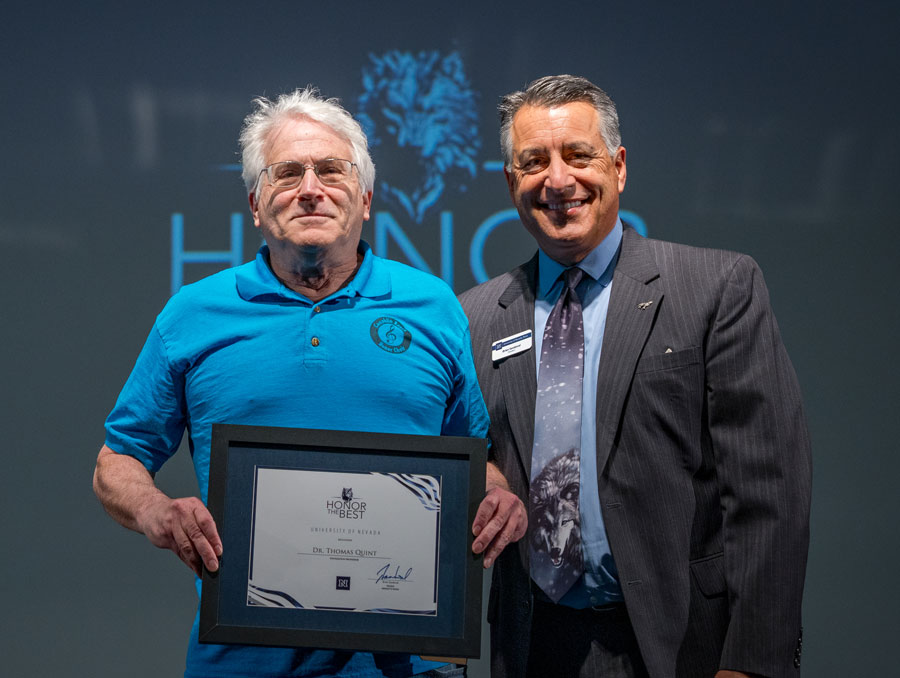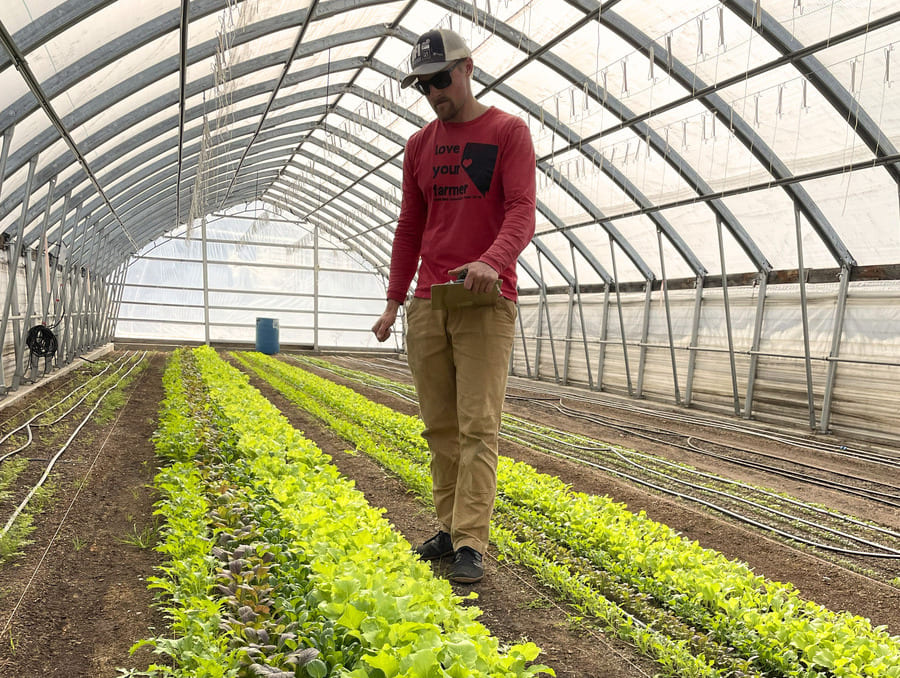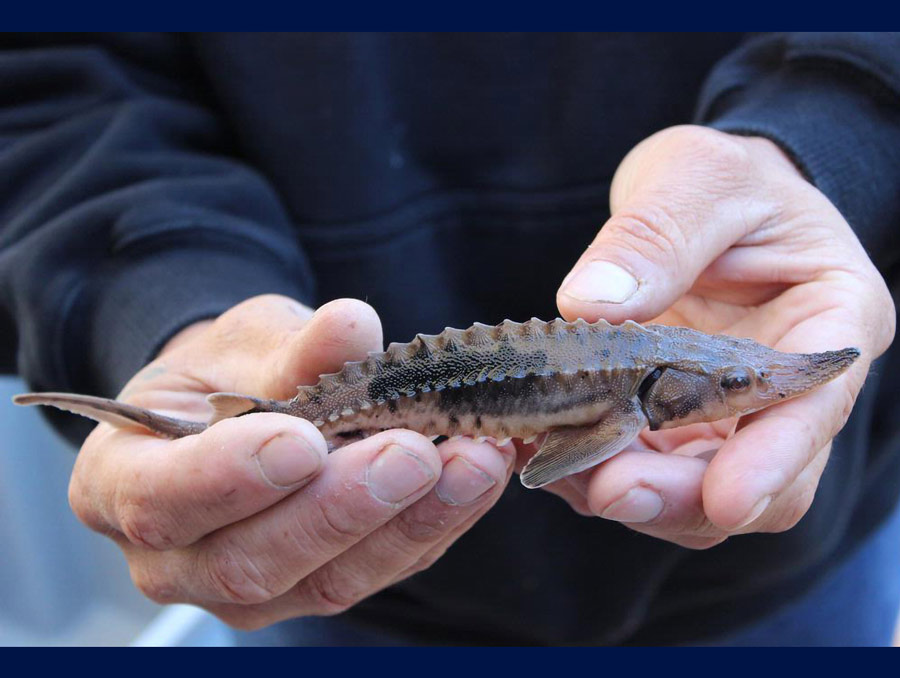This was not your typical 460-mile leisure bike ride in the Mojave Desert in southern Nevada. For Joseph DeLappe, Department of Art professor in the College of Liberal Arts at the University of Nevada, Reno, this was a symbolic art statement to show the impact the Nevada sun and desert can have on our energy conservation demands.
Riding a long-tail bicycle, which was reconfigured with an armature to hold handmade chalk, solar panels, video cameras and a GPS unit, DeLappe outlined a geographical area equal to the measurement of a solar farm that the Union of Concerned Scientists estimated would be “more than enough to meet the country’s entire energy demand,” or 10,000 square miles.
DeLappe’s journey began after he read a piece from the Union of Concerned Scientist that set the thought processes in motion and resulted in the hundreds of miles biked.
“How best to illustrate that a 100-by-100 square-mile solar farm could solve our energy problems,” DeLappe said. “This was a way to creatively bring attention to the possibilities of alternative energy sources both in Nevada and nationally.”
The adventure took 246 pieces of white chalk and 10 days in the desert. DeLappe rode the bike approximately 50 miles per day for nine days in the desert cycling around the perimeter of the Federal lands that include the Nevada Test Site, “Area 51”, Yucca Mountain and Nellis Air Force Range all located just north of Las Vegas, Nev. He could not be happier with what he accomplished.
“As a performance in and of itself and an intervention into public space, yes, it was very successful,” DeLappe said. “By circling this particular area, which just so happens to be roughly the square miles that would be necessary for the creation of such a gigantic solar farm, I hope to raise a rather pointed question regarding our priorities.”
Titled Project 929: Mapping the Solar, DeLappe said, “the bike ride was an ideational and activist exercise representing another possible choice, physically re-imagining geographical space for energy sustainability.”
If biking around in the hot Nevada desert was not enough, DeLappe made the project into a performance by using GoPro, mixed-reality (merging of real and virtual worlds to produce new environments and visualizations where physical and digital objects co-exist and interact in real time), GPS technology, and, where feasible, live-streaming video for real-time documentation.
This expedition would not have been accomplished without the help of organizations in the Reno community, including the Digital Media Studio at the University, College Cyclery, Reno Bike Project, Nevada Museum of Art and more.
This is not the first and most likely will not be the last of DeLappe’s eccentric and noticeable performances and art pieces. Back in September 2011, DeLappe created and showcased a 17-foot cardboard statue avatar of M. Gandhi Chakrabarti from the online world of Second-Life at the E.L. Cord Foundation Atrium of the Mathewson-IGT Knowledge Center. The statue, designed to be the same height as Michelangelo's David, was the next step in a project reenacting Gandhi's 1930s Salt March. DeLappe wired a manual treadmill to his computer and physically walked his avatar the complete 26-day, 240-mile walk.
Project Stats:
- Four-hundred and sixty miles
- Seven to eight hours per day on the bike
- 246 white pieces of chalk
- Average of 292 pedal strokes per mile = 134,320 pedal strokes for entire ride
- Average 51 miles per nine days of riding
- Eighty to 90 bottles of Gatorade (average eight to 10, 20 oz. bottles per day for nine days)
- Five tubes of sunscreen
- One pair of padded bike shorts (washed daily)
- One very patient spouse, support vehicle driver and photographer.










